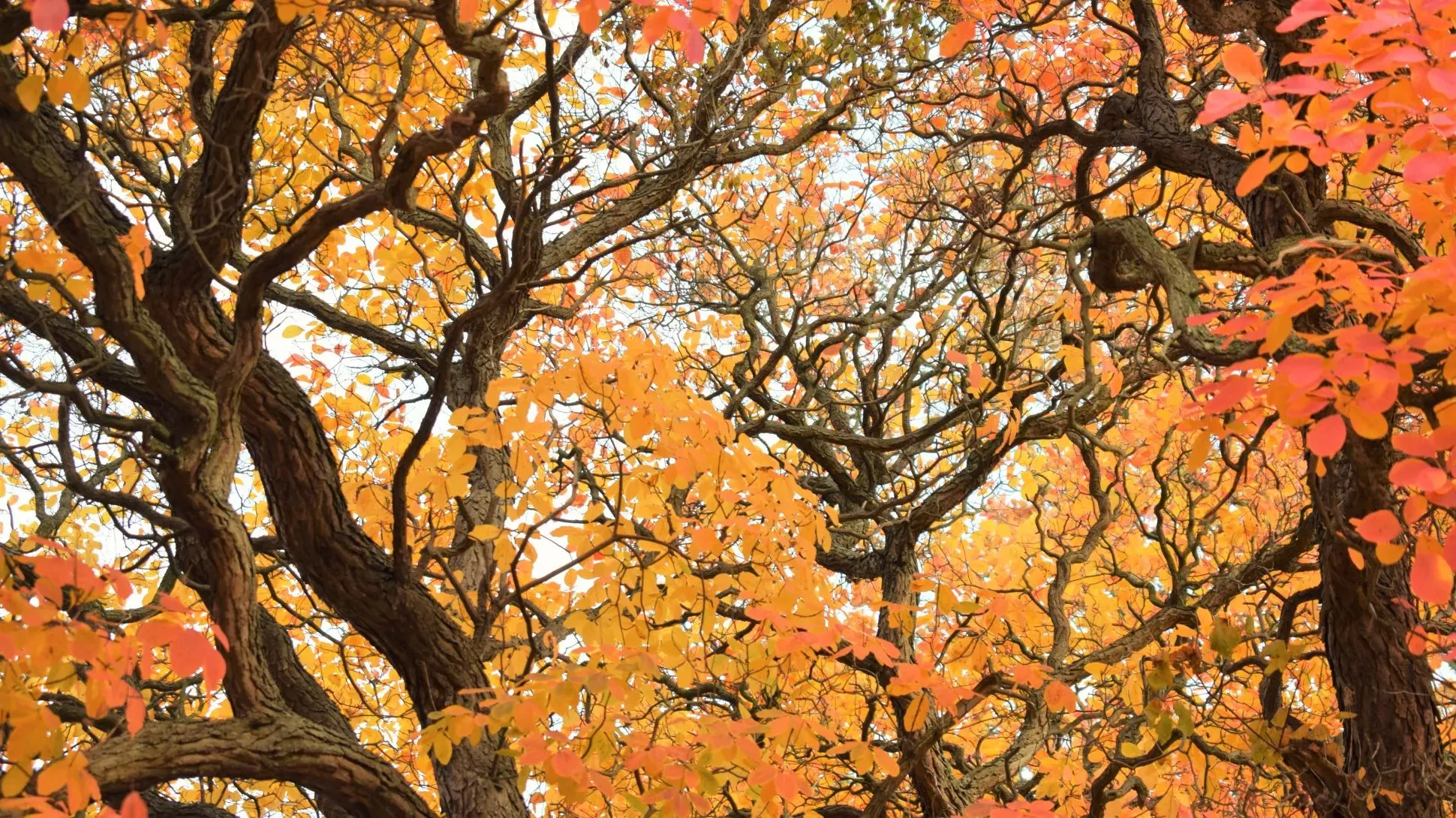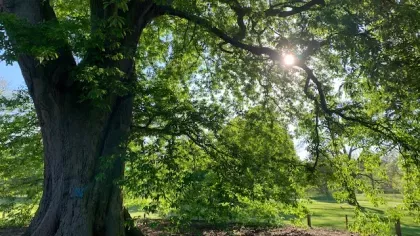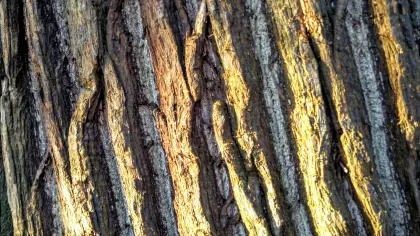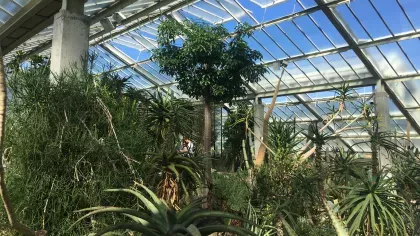21 November 2018
How the Tree Gang brace for storms
Tree Gang leader Kevin Martin reveals the impact big storms have had on Kew’s trees, stormproofing methods and how trees protect themselves.

On the night of 15 October 1987, Kew Gardens was changed irrevocably.
The Great Storm of 1987 wreaked devastation across the UK that night, bringing with it hurricane-force winds reaching 115mph and leaving a trail of destruction.
A staggering 700 trees were lost at Kew within just a few violent hours. Many were historic and centuries-old, leaving staff heartbroken.
Things were even worse for our Wakehurst estate, which lost an unbelievable 20,000 trees, completely transforming its landscape.
Protecting and saving our wonderful trees here at Kew is where the Tree Gang come in.
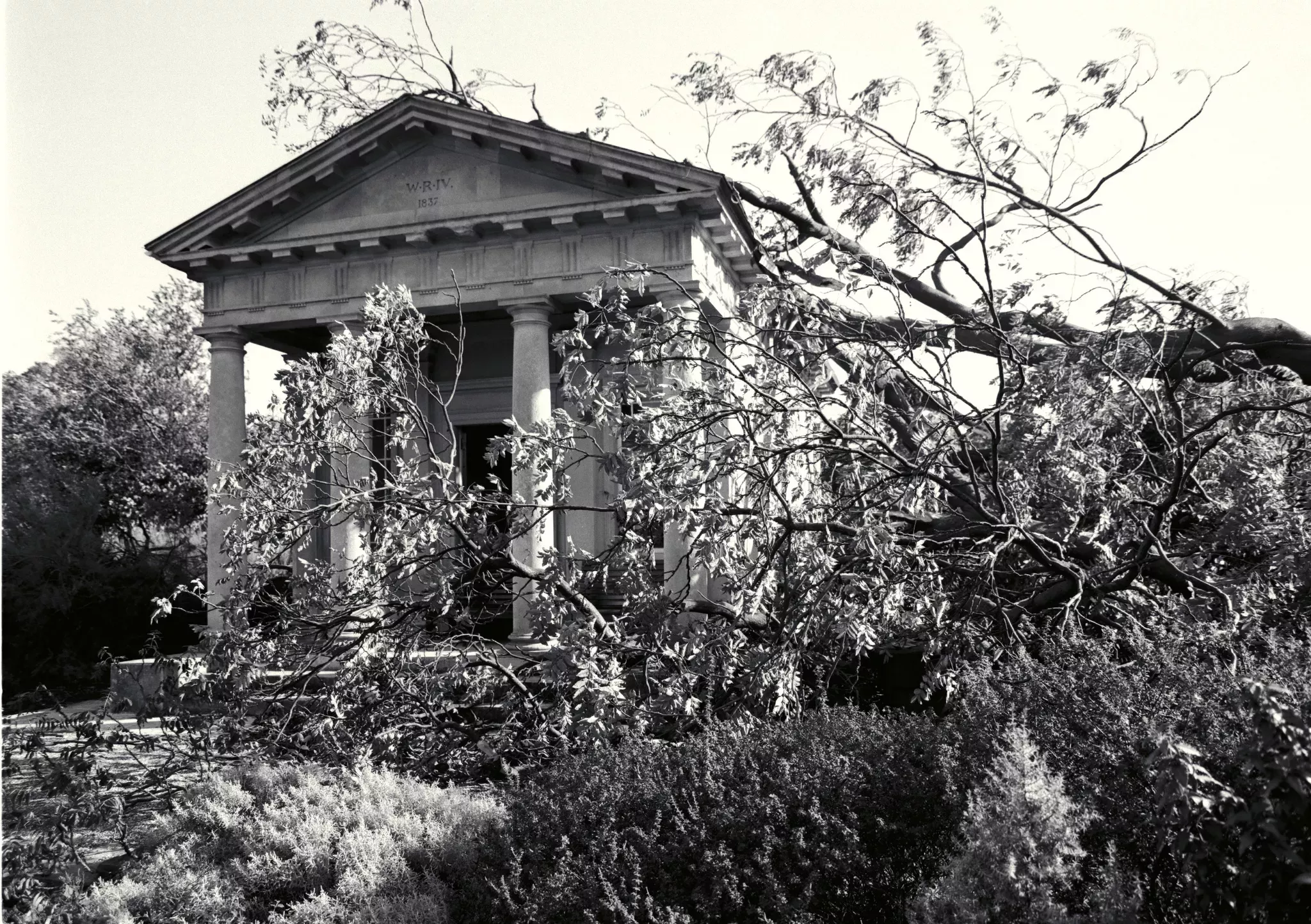
Who are the Tree Gang?
The Tree Gang are Kew’s arboricultural team, made up of six to eight members who are dedicated to the growth, care, maintenance and risk management of our Gardens’ 14,000 beautiful trees.
It’s a big job which requires their specialist skills seven days a week.
Contrary to tree surgeons, aboriculturists need to have a much deeper and more scientific knowledge of trees and understand the complete life cycle of a tree from propagation to maturity.
Our Tree Gang were also first on call for the humanitarian response when Hurricane Irma destroyed the tree life in the British Virgin Islands.
Stormy encounters
Kevin Martin, Manager of Arboriculture aka the Tree Gang leader, remembers some notorious storms.
‘In my small amount of time here at Kew, the storms of 2013 to 2014 stick in my mind. In autumn of 2013, the first storm hit on 28 October,’ Kevin says.
‘This was the start of what turned out to be a very busy time in the Arboretum, with the South East of England receiving winds of 69-81mph. The damage caused by this storm was due to the trees still being in leaf. This was by far the worst storm of this period.’
Kew’s century-old Verdun oak, which had historic roots in the First World War, was irreversibly damaged in this tempest, named St Jude's Day storm, and tragically had to be felled.
However, the stormy theme continued. In the run up to Christmas further storms meant out-of-hours work was needed to make sure Christmas at Kew could continue.

Save or fell?
At Kew, high risk trees have to be felled and removed if they are deemed unsafe for visitors.
The Tree Gang will carry out a negative survey after a storm and decide whether it is safe to open the Gardens.
This inspection methodically covers the entire Gardens looking for triggers.
Triggers can include broken branches, cracks in wood, hanging branches and complete failure of trees (fallen trees).
‘This information feeds into where the resources are required to make the Gardens safe for our visitors,’ Kevin says.
Stormproofing a tree
For our Tree Gang, protecting trees from storms is all about being proactive rather than reactive.
This is a complex task which involves the care of the tree as a whole and identifying tree health issues or defects before it fails.
‘The key to this approach is to try our very best to keep a healthy collection by looking after our soil, dealing with compaction and identifying branches which have a higher probability of failure,’ Kevin says.
‘This can be achieved by structural pruning of branches to reduce the probability of failure, and the decompaction and mulching of trees to keep the vitality high to enable the tree to react and protect itself against stress caused by storms.’
The arboriculture unit also use specialist technology for testing trees for storm resistance and strength, such as the IML PD400 micro drill to measure tree decay.
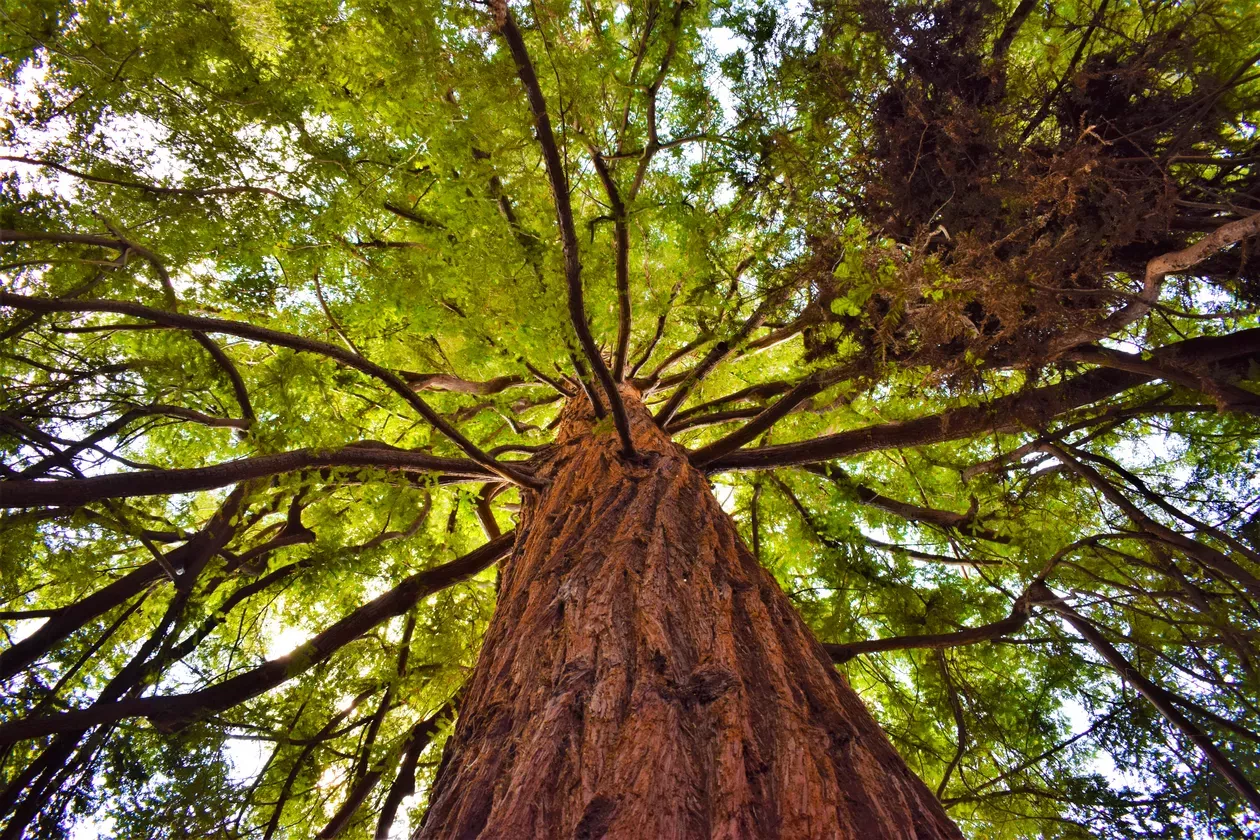
How a tree can protect itself
Despite the ferocity of past storms, most of our majestic trees remain standing strong.
Did you know that trees have their own adept ways of protecting themselves from storm damage?
‘Trees are self-optimising organisms with the ability to recognise a weakness,’ Kevin explains. ‘Trees compensate this by producing reaction growth in the area of weakness.
‘This can be observed by the identification of incremental strips in the bark, also by the form of the tree. Reaction wood can cause an abnormal trunk taper and an increase in buttressing (expansion of the trunk to support the tree).
‘The cells which make up this reaction wood are made up of more lignin (a substance found in the edges of some plant cells that makes the plant hard) than cellulose (the main substance found in plant cell walls), thus making the reaction wood denser and harder in order to support and equal the load of the weakness.
‘This is very visible when observing trees in nature. Trees will actively produce reaction wood in relation to a prevailing wind. Trees are lazy in nature, expensing as little energy as possible. So the tree will only adapt when necessary.'
Withstanding storms is just another reminder of the resilience of our beautiful trees.
Why do we close the gardens during high winds?
The safety of our visitors and staff at Kew Gardens and Wakehurst is our highest priority. Extreme weather can make any area of the Gardens unsafe for visitors due to the risk of branches or trees falling during high winds.
Kew's adverse weather team keep a careful eye on the conditions across the gardens, assessing and responding to adverse weather as it happens
The decision to close is always based on warnings issued by the Met Office. Closure is carried out in advance of the high winds arriving to ensure the gardens are safely clear.
